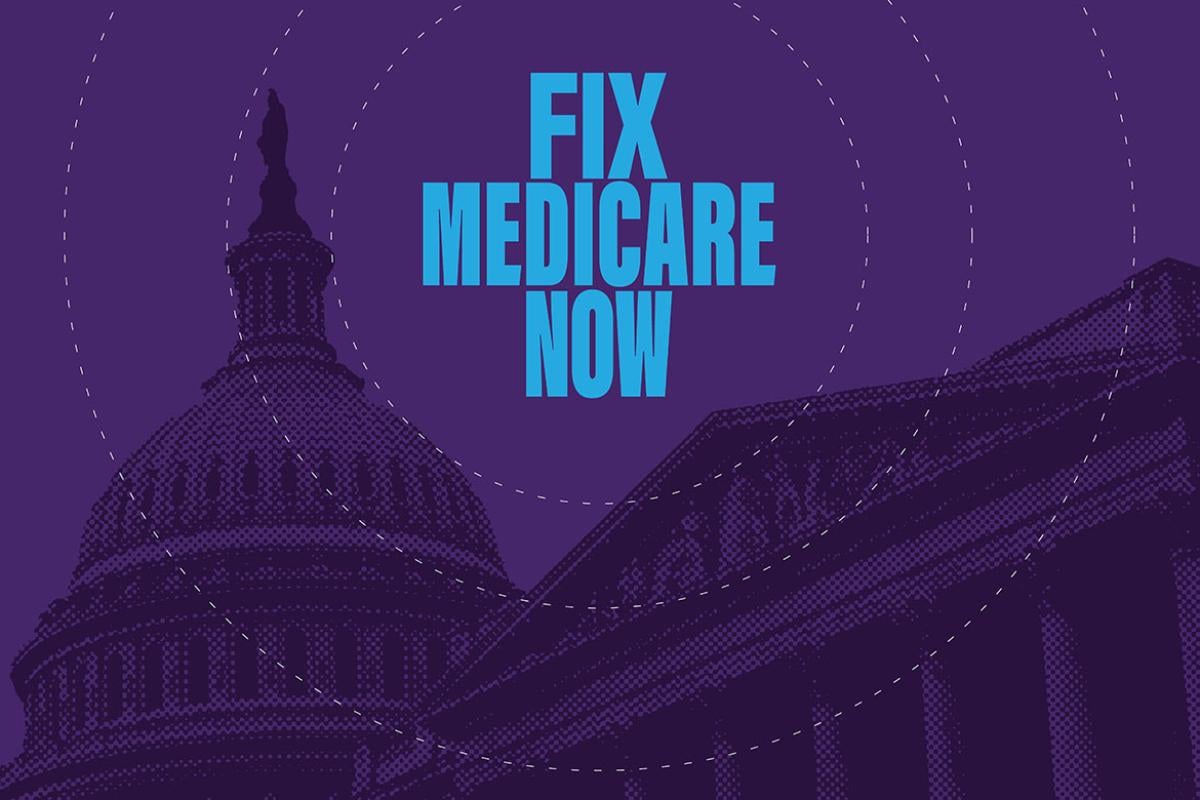CHICAGO — During the Annual Meeting of the American Medical Association (AMA) House of Delegates, physician and medical student leaders adopted policies intended to improve health outcomes for Native Americans and Alaska Natives.
“These policies emphasize the unique health challenges facing Native Tribes and how the government can respond. The AMA has long supported efforts to bring American Indian and Alaska Native health up to the general population level. To reach that goal, tribes must have access to nutrition programs, treatment centers, and graduate medical programs. All of them can play a part in moving toward improved health and equity,” said Ilse R. Levin, D.O., MPH & TM, a member of the AMA Board of Trustees.
Education opportunities: The AMA will support wider education opportunities in Indian Health Service, tribal-administered, and urban Indian health organizations and facilities by establishing partnerships with accredited medical schools and teaching hospitals. The AMA will work to establish dedicated graduate medical education funding and programs that benefit Tribal communities, increase physician training sites, and reduce physician shortages, particularly among underserved populations.
IHS Treatment Centers: The AMA will support the expansion of Indian Health Service (IHS) Youth Regional Treatment Centers, recognizing them as culturally rooted, evidence-based behavioral health treatment. IHS provides recurring funding to 12 tribally and federally operated youth regional treatment centers to address the ongoing issues of substance abuse and co-occurring disorders among American Indian and Alaska Native youth. The centers aim to provide quality, holistic behavioral health care for American Indian and Alaska Native adolescents and their families in a substance-free, residential environment that integrates traditional healing, spiritual values, and cultural identification. Expansion is needed as the current capacity only meets an estimated 4 percent of the need, and tribal leaders have voiced concerns regarding youth traveling across state lines to seek care in treatment centers not run by the Indian Health Service.
Food Security. With food insecurity being a recurring problem among Native populations, the AMA supports extending eligibility for Agriculture Department nutrition programs to enrolled members of federally recognized American Indian and Alaska Native Tribes and Villages.
Elder Health. American Indian and Alaska Natives experience significant health disparities, including the lowest life expectancy of all racial/ethnic groups. To reduce the disparities, the AMA supports offering health information in indigenous languages.
Access to Care. The AMA will support the federal government continuing its support and enhancement of alternative pathways for American Indian and Alaska Native patients to access the full spectrum of health care outside the IHS.
The AMA also will support collaborative research efforts to better understand the limitations of IHS health care, including barriers to access, disparities in treatment outcomes, and areas for improvement. The AMA will encourage studies between the IHS and the CDC to better evaluate regional health outcomes as well as potential treatment deficiencies among American Indian and Alaska Native populations.
Media Contact:
About the American Medical Association
The American Medical Association is the physicians’ powerful ally in patient care. As the only medical association that convenes 190+ state and specialty medical societies and other critical stakeholders, the AMA represents physicians with a unified voice to all key players in health care. The AMA leverages its strength by removing the obstacles that interfere with patient care, leading the charge to prevent chronic disease and confront public health crises and, driving the future of medicine to tackle the biggest challenges in health care.



